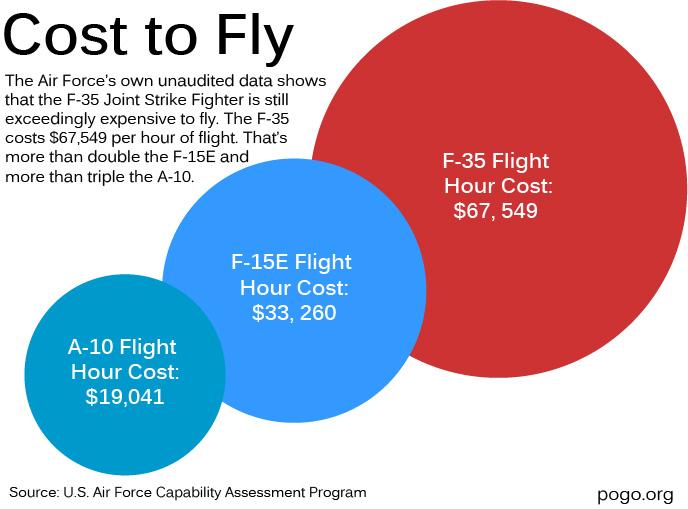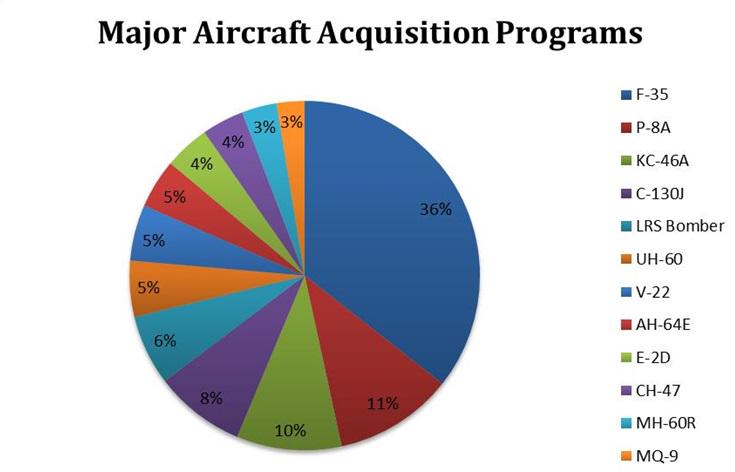
More Money, More Problems:
New problems - namely, false alarms from overly sensitive threat-detecting sensors - have arisen with the beleaguered F-35 aircraft, so far the most expensive, and problem-ridden, piece of military equipment in US history.
The 2014 annual report by the director of Operational Test and Evaluation, Dr. J. Michael Gilmore concluded that, despite improvements to the software, “fusion of information from own-ship sensors, as well as fusion of information from off-board sensors is still deficient. The Distributed Aperture System continues to exhibit high false-alarm rates and false target tracks, and poor stability performance, even in later versions of software.”
There are different versions of the fighter being developed and the one scheduled to be operational first is the Marine's F-35B which is slated to debut in the summer of 2015. The Navy's is currently expected in 2018, if all goes well.
"Flying Swiss Army Knife" to Cost $1 Trillion
But if history is any guide, there's plenty of reason to believe all will not go well. Since the program to develop the fighter jet began in 2001, it has seen costs soar even as deadlines are pushed back repeatedly. Senator John McCain (R-AZ) — hardly known as an outspoken critic of the military — called the program “one of the great national scandals that we have ever had, as far as the expenditure of taxpayers’ dollars are concerned.”


In 2008 the RAND corporation — a think tank that works closely with the US military — reported on a series of war simulations involving the F-35 and their analysis was leaked to the press with its pessimistic conclusions. “Inferior acceleration, inferior climb [rate], inferior sustained turn capability,” the analysts wrote. “Also has lower top speed. Can’t turn, can’t climb, can’t run.”

The dark blue wedge is what the pentagon spends on the F35 the-plane-thats-eating-the-pentagon …
Just recently, another software related error was announced, which means that the fighter won't be able to fire its primary guns until 2019. It will also not have the necessary software to operate one of its precision guided bombs until 2022.
There's also been a lot of concern over the possibility that this supposed state-of-the-art stealth fighter — supposedly designed to evade detection through its size and special coatings — isn't actually very stealthy. Reports in 2014 indicated that the F-35 might actually be vulnerable to Chinese and Russian advances in radar technology.
The planes were also rushed into production before design was even completed, meaning the military has spent billions of fixing already produced aircraft that were faulty.
"This will make a headline if I say it, but I'm going to say it anyway," Frank Kendall, a top Pentagon official, said in 2012. "Putting the F-35 into production years before the first test flight was acquisition malpractice. It should not have been done." sputniknews.com











Post a Comment Blogger Facebook Disqus
EmoticonClick to see the code!
To insert emoticon you must added at least one space before the code.